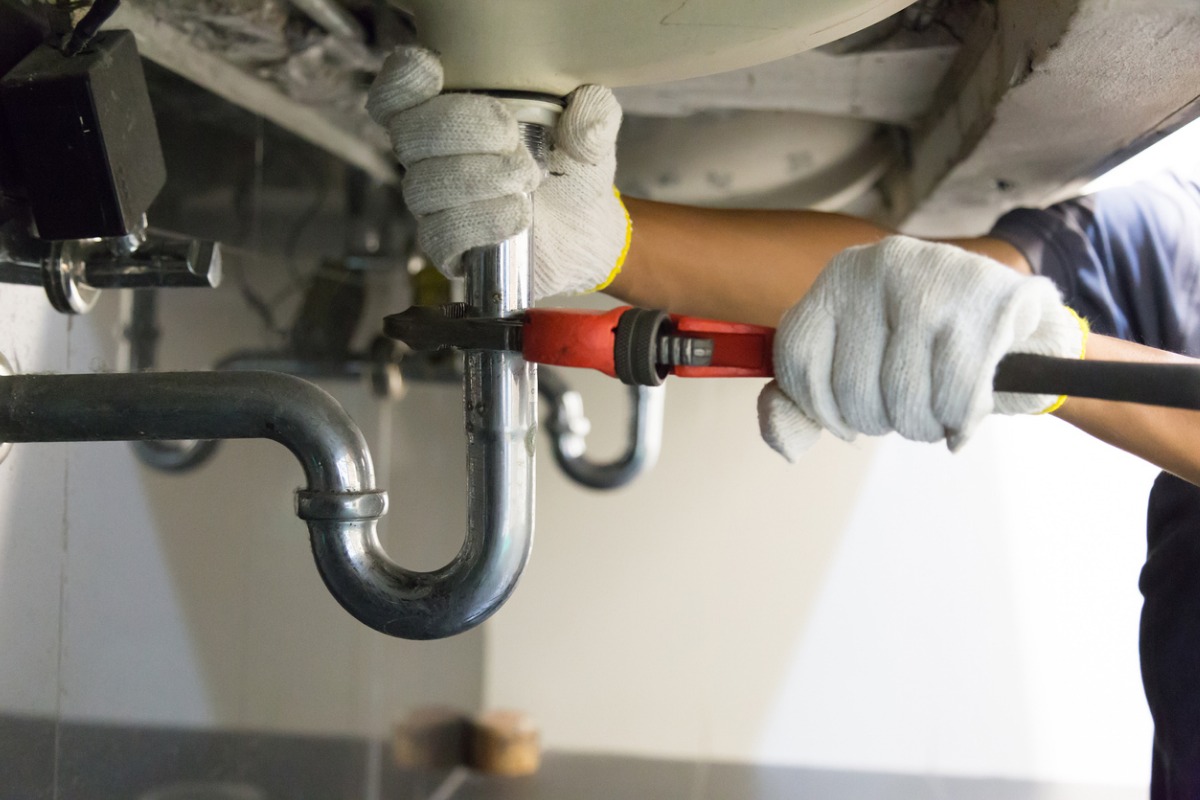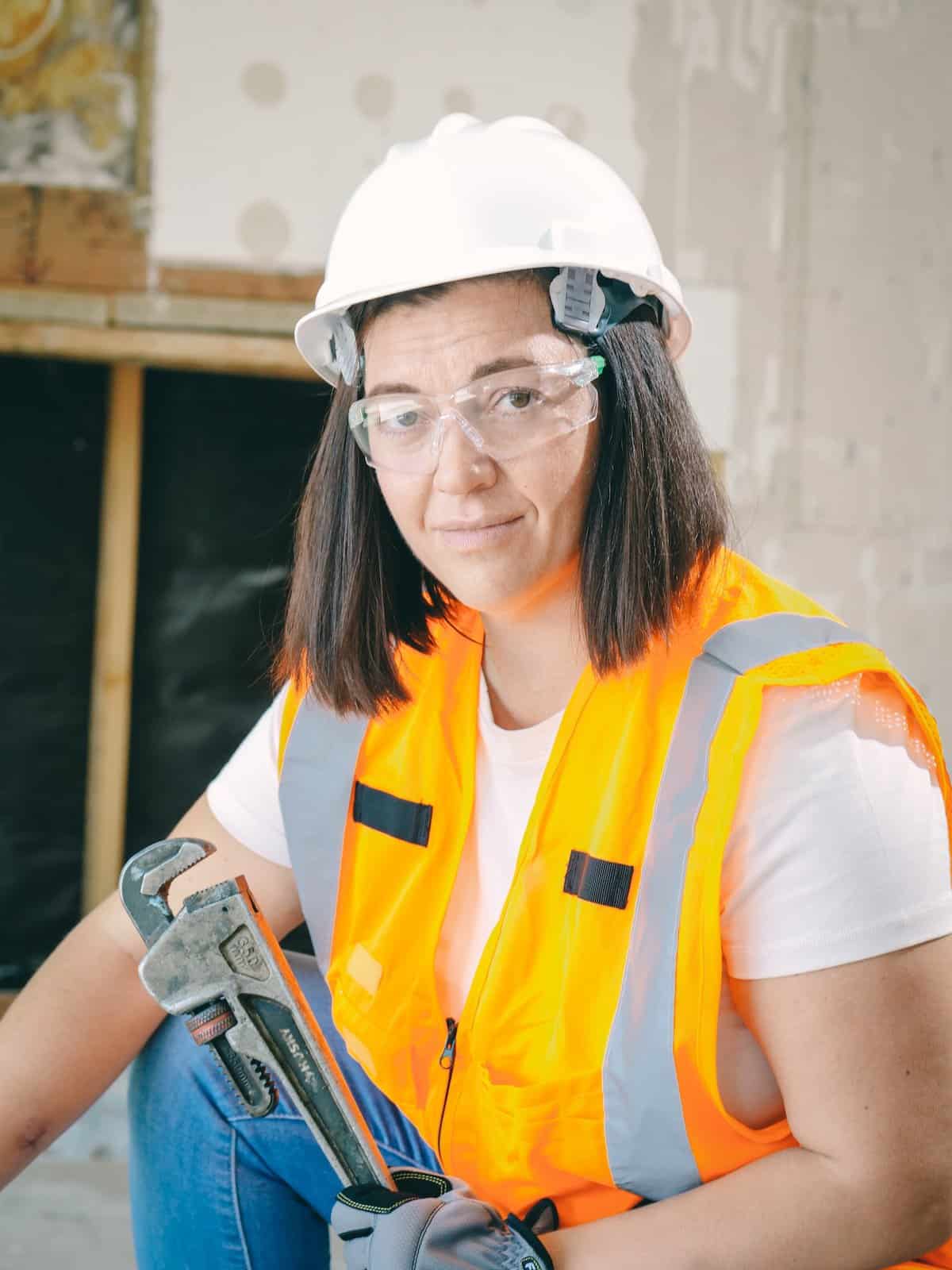Essential Plumbing Alabaster AL Tips for Homeowners
Essential Plumbing Alabaster AL Tips for Homeowners
Blog Article
A Step-by-Step Guide to Efficient Water Heating Unit Setup for Optimal Performance
Getting started on the job of setting up a hot water heater is a venture that demands accuracy and a systematic approach for accomplishing optimal efficiency. The procedure begins with the important choice of picking the ideal heater customized to the certain needs of your family, considering variables such as power, type, and size resource. Once picked, preparing the setup location to satisfy security requirements is critical. Nonetheless, the journey doesn't finish right here. As you continue, the intricacies of linking supply of water lines and establishing up reputable electric or gas links wait for, appealing insights into making sure efficiency and reliability.
Choosing the Right Water Heating Unit

Next, think about the size and capability of the water heating system. It's important to analyze your family's warm water demands, which can differ based on the variety of occupants and their use patterns. A device that's too small might result in insufficient warm water, while an extra-large version might result in unnecessary power consumption.
Effectiveness scores additionally play a pivotal role in selection. Search for water heating units with high Power Aspect (EF) rankings, showing superior performance and reduced energy use. Tankless models, though usually a lot more costly in advance, deal considerable energy cost savings in time because of their on-demand heating capabilities.
Preparing the Installation Location
Prior to mounting a new hot water heater, careful prep work of the installment area is necessary. This ensures a smooth setup procedure and assists stop future difficulties (Drain Cleaning Alabaster AL). Begin by selecting an ideal place that adheres to regional building ordinance and safety criteria. The location ought to be dry, well-ventilated, and easily accessible for maintenance. It's essential to measure the room very carefully to accommodate the water heater's measurements, making sure sufficient clearance around the unit for reliable operation and maintenance.
Following, remove any kind of debris, dirt, or obstructions from the website to produce a tidy setting. Inspect the floor for security, as the hot water heater will certainly need a solid, degree surface to run efficiently. If essential, set up a drip frying pan below the system to capture potential leaks or spills, protecting against water damage to the surrounding area. In areas prone to seismic activity, take into consideration setting up seismic bands to secure the heating unit strongly in place.
Additionally, make certain that all necessary tools and products get on hand before starting the installment. This consists of items such as wrenches, screwdrivers, a level, and any kind of added equipment needed for mounting and protecting the heating unit. A well-prepared installation location sets the foundation for an effective water heating unit setup, optimizing efficiency and security.
Connecting Water System Lines
When linking water supply lines to your freshly mounted hot water heater, it is vital to make sure that all connections are secure and leak-free to preserve efficient procedure and stop water damage. Begin by identifying the hot and cool supply of water lines. The cold water inlet is commonly noted with a blue label or a "C", while the warm water outlet is marked with a red tag or an "H".
Use versatile water heating system connectors to assist in an easier installation procedure. Before connecting the connectors, put a plumber's tape around the threaded ends of view website the water heating system's inlet and electrical outlet pipes.
When links are in location, gradually activate the major supply of water shutoff. Inspect each connection for leakages by aesthetically feeling and examining for moisture. Tighten connections as needed, and ensure the pressure safety valve is correctly installed, securing versus excessive pressure accumulation.
Establishing Electrical or Gas Connections
Properly establishing up the electric or gas connections for your water heating system is a critical action to guarantee effective and secure procedure. For electric water heating units, begin by validating that the electric circuit is compatible with the heating system's voltage Continue and amperage requirements.
For gas water heaters, security is paramount. Validate that the gas supply is off before continuing. Connect the gas line to the water heating system using an adaptable gas connector, guaranteeing it is properly threaded and sealed with pipeline joint compound or Teflon tape appropriate for gas connections. Tighten the links with a wrench, taking care not to over-tighten (Plumbing Services Alabaster AL).
When links are made, inspect for any type of possible leaks. For gas lines, apply a soapy water service to the joints; bubbles show a leak. For electrical connections, verify that all wiring is protected and appropriately shielded, maintaining compliance with regional electric codes.
Checking and Readjusting for Effectiveness
With the electric and gas links firmly in position, the next step is assessing the functional performance of your hot water heater. Begin by thoroughly activating the water system and ensuring there are no leaks at any of the joints or valves. As soon as confirmed, proceed to fill the tank, taking note of the stress and temperature level setups. It is advisable to set the thermostat to a recommended temperature of around 120 ° F(49 ° C) to balance energy effectiveness and convenience.
Following, do a thorough inspection to make certain the home heating aspects or gas burners are operating properly. For electric heaters, make use of a multimeter to validate if the aspects are attracting the ideal present. In gas models, observe the burner visit site fire; it ought to be constant and blue, suggesting efficient burning.
Change the setups as needed to get rid of inefficiencies. Take into consideration executing insulation measures, such as including a water heating unit covering, to additionally enhance efficiency by reducing warmth loss. In addition, check the anode pole's condition, as a deteriorated pole can reduce performance and result in container corrosion.
Verdict
Effective water heating system installment is critical for guaranteeing ideal efficiency and power cost savings. Firmly linking water supply lines and very carefully setting up electric or gas links reduce possible issues.

Appropriately establishing up the electric or gas links for your water heater is a critical action to ensure risk-free and effective procedure. For electrical water heaters, begin by confirming that the electric circuit is suitable with the heating system's voltage and amperage needs. Connect the gas line to the water heating unit utilizing a versatile gas adapter, guaranteeing it is effectively threaded and secured with pipeline joint substance or Teflon tape ideal for gas connections.
Report this page